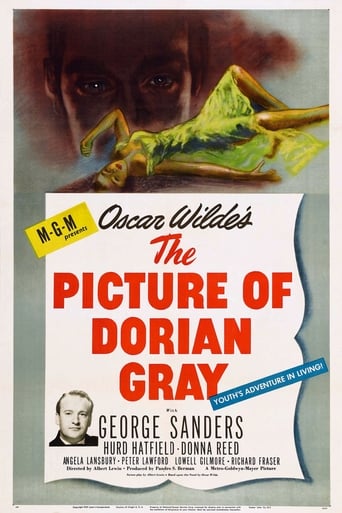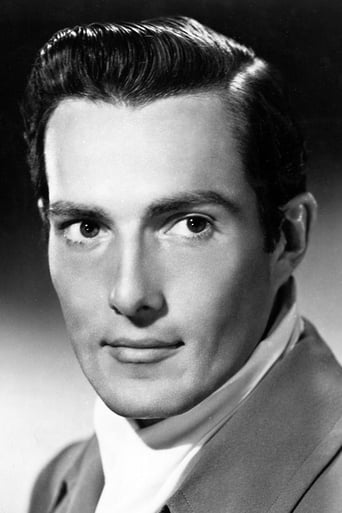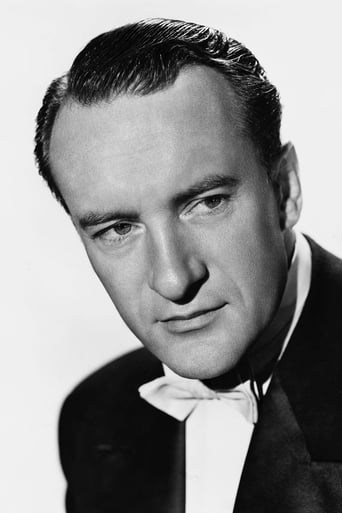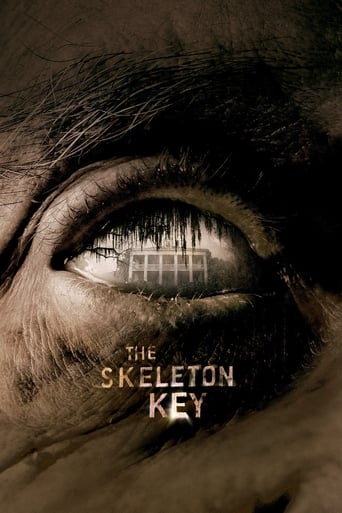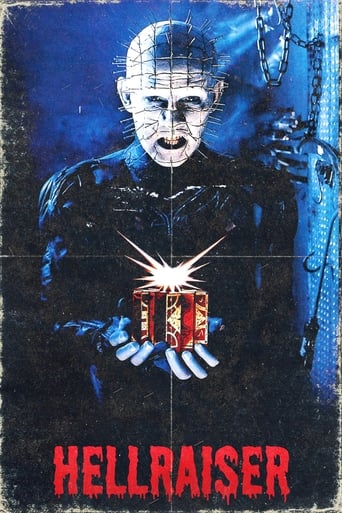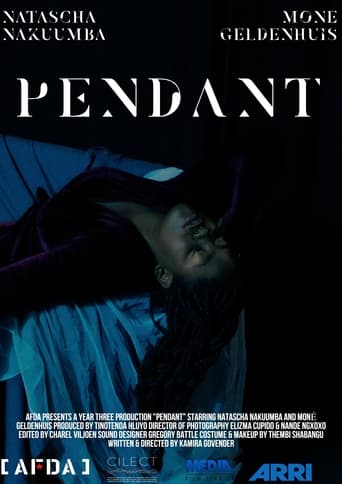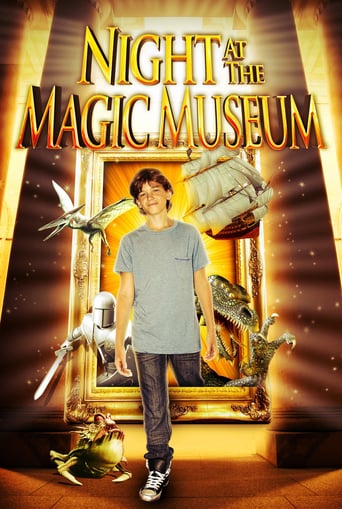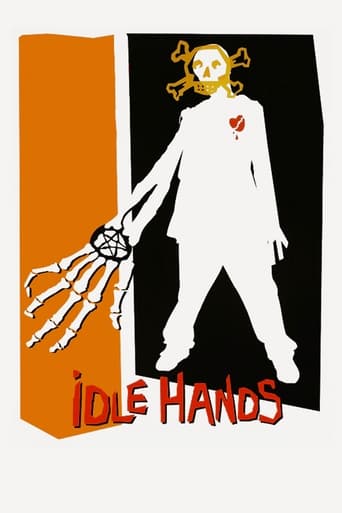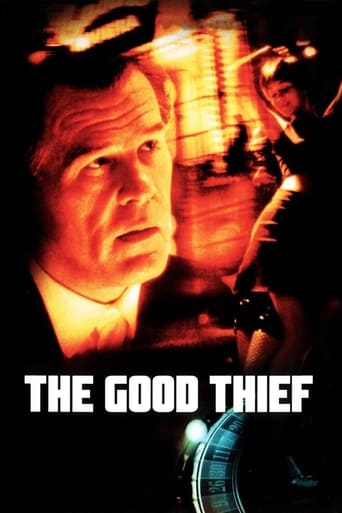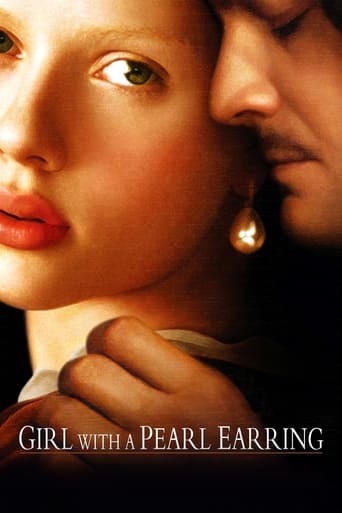The Picture of Dorian Gray (1945)
Posing for a portrait, Dorian Gray talks with Lord Henry Wotton, who says that men should pursue their sensual longings, but laments that only the young get to do so. Taken with the idea, Dorian imagines a scenario in which the painting will age as he stays youthful. His wish comes true, and his boyish looks aid him as he indulges his every whim. But when a stunning revelation forces him to see what he's become, Dorian faces some very dangerous questions.
Watch Trailer
Cast


Similar titles
Reviews
The Worst Film Ever
Excellent but underrated film
The acting is good, and the firecracker script has some excellent ideas.
Strong acting helps the film overcome an uncertain premise and create characters that hold our attention absolutely.
A corrupt young man (Hurd Hatfield) somehow keeps his youthful beauty, but a special painting gradually reveals his inner ugliness to all.As with all classic literature, numerous version of the Dorian Gray story exist. And also like classic literature, the best versions seem to have arrived early on. Much like David Lean's versions of Dickens, this 1945 version of Dorian Gray could probably never be equaled. It just has the look about it that only films of the day could have.Quite interestingly, the lead is played by Hurd Hatfield, whom I had never heard of before. One of the stars is Angela Lansbury, who in hindsight is probably the biggest name associated with the film. We are blessed that she offered her thoughts to an audio commentary.
Even MGM and the Production Code could not Diminish the Power of Oscar Wilde's Controversial and Classic Novel. The Book was Widely Read and Given Wild Criticism in Typical Victorian Dismissal as Decadent and Diminishing. One Critic said Something Like...It will destroy any young mind that it comes in contact with (paraphrasing), the Critic seems to compare the Book to a Venereal Disease.But that was Wilde's Cross to Bare, a Free Spirit Genius with Hedonistic Tendencies Living in an Era of Snobbery and Repression. The Film is a Worthy Mid-Forties Hollywood Production of a Gothic Grotesquery, a Philosophical, Psychological, and Social Rumination that has a Stunning Look and is Well Acted and Presented with Some but not All of the Novel's Explorations of the Soul and Man's Desires, that are not only Hampered by Societal Restraints and Religious Rigor, but by Time Itself.George Sanders Stands out as Lord Henry, but Delivers Wilde's Witticisms at an Accelerated Pace and some of the Profound Proes is Lost in the Hurray. Hurd Hatfield as Dorian Gray is Like a Sculpture (frozen in time) so it may be Somewhat Apropo. Angela Lansbury's Short Part is Given a Lot of Ink and an Oscar Nomination. Donna Reed and Peter Lawford show up but are Unremarkable and Forgettable.The Portrait Itself is a Co-Star and is Infamous and 1940's Audiences must have Shrieked at the Initial Sight of it. The Artwork Hangs in a Museum in Chicago.Note...The prolific and witty Oscar Wilde was a Journalist, Poet, Playwright, and Social Commentator. But this is His only novel and it is for this that He is most remembered. If not for His open Bi-Sexualty and an advocacy to live a life free of conventions.
Based on the novel by Oscar Wilde, "The Picture of Dorian Gray" tells the story of a handsome young man corrupted by the opinions of an eloquent elderly gentleman (brilliantly played by George Sanders), who induces the former into seeking only pleasure in life. To achieve this purpose, the young man sells his soul through some sort of black magic, in order to remain youthful his whole life. Contrarily to his face as seen by the aging people around him, Dorian's hidden painted picture instead becomes rotten, dreadful and horrid, changing every time his soul descends more and more into darkness. The source of his misery is never revealed, but some crimes on the way are. Eventually, Dorian becomes sick of his world of lies and deceit, and stabs his portrait, actually stabbing his own chest, later being found dead and disfigured by the evilness of his deeds.Classic books are extremely hard to adapt into movies or television series. Filmmakers must thus avoid many common mistakes. One of the major mistakes is reducing the complexity of the plot. That is not the case of this film, whose screenplay could wittily uphold the lyricism of the book. There are some wonderful dialogs, where the style of Oscar Wilde was preserved, showing the audience how literature and movies share similar possibilities of artistic expressions.Oscar Wilde is one of the few writers who enjoy a well-deserved reputation for mastering the art of putting into words the misery of the soul. Deprived from the personal freedom required to develop even the most recondite corner of his spirit, the Englishwriter suffered from the moralism that pervaded in Britain during the Victorian era. Of course, a modern reader should not replicate at that time the contemporary way of approaching morals. The evolution of social values and behavioral patterns is a complex and long-lasting process. Sexual tolerance, for instance, could only be achieved in the Western world after a pile of many other prejudices was demolished, and occasionally demanded bloodshed of those who later became martyrs of the cause.Literature, however, does not consist of simply writing about themes the author cherishes himself. It also comprises the technique, that is, the method of exposing a particular point of view. Wilde had definitely a sensitive soul, which he managed to translate into beautifully accomplished passages of the book. The story of Dorian Gray–obviously one of Wilde's alter egos–has a relatively linear plot. In spite of that, literary historians still dispute, amid bafflement, over the reasons underlying the enormous success of the book when it was first published.According to the most supported stance, in addition to the controversy over the background theme of the book, Wilde's masterpiece reached stardom for its prose displays an incredible lyricism–a trait more usually found in poetry. Since it was written in form of prose, this lyricism emerges most sharply from the metaphors chosen to express the dramatic situation of Mr. Gray and the symbolism of objects surrounding the characters: the picture itself, obscure poems, and the sculpture of a cat, along with other artistic pieces–the latter were imported from the overseas colonies as elements of orientalism, some sort of philosophy that became a trend during the age of imperial England.Although it was to the knowledge of everybody, the theme of homosexuality remains implied both in the book and in the film. On the one hand, the audience is offered just hints of what secrets Dorian Gray might have with other characters–clearly lovers in disguise. On the other hand, since the subject is not overtly discussed, readers and viewers may find Dorian's reaction to the moralism of his society dubious. Thus, the story sends us mixed messages about his thesis: either homosexuality, as correctly condemned by society and religion, is something spurious and shameful, no wonder why it is the doorway that leads our character into committing atrocities–such as homicide and blackmail; or moral judgment of society is solely responsible for the isolation and transformation of Dorian(and his picture) into a monster, and not his feelings and inclinations.
In 1886, in the Victorian London, the corrupt Lord Henry Wotton (George Sanders) meets the pure Dorian Gray (Hurd Hatfield) posing for talented painter Basil Hallward (Lowell Gilmoure). Basil paints Dorian's portrait and gives the beautiful painting and an Egyptian sculpture of a cat to him while Henry corrupts his mind and soul telling that Dorian should seek pleasure in life. Dorian wishes that his portrait could age instead of him.Dorian goes to a side show in the Two Turtles in the poor neighborhood of London and he falls in love with the singer Sibyl Vane (Angela Lansbury). Dorian decides to get married with her and tells to Lord Henry that convinces him to test the honor of Sibyl. Dorian Gray leaves Sibyl and travels abroad, and when he returns to London, Lord Henry tells him that Sibyl committed suicide for love. Along the years, Dorian's friends age while he is still the same, but his picture discloses his evilness and corruptive life. Can he still have salvation or is his soul trapped in the doomed painting?"The Picture of Dorian Gray" is a wonderful and timeless adaptation of Oscar Wilde's novel. The film has magnificent cinematography in black and white and art direction, great acting and a good screenplay. My vote is eight. Title (Brazil): "O Retrato de Dorian Gray" ("The Picture of Dorian Gray")

